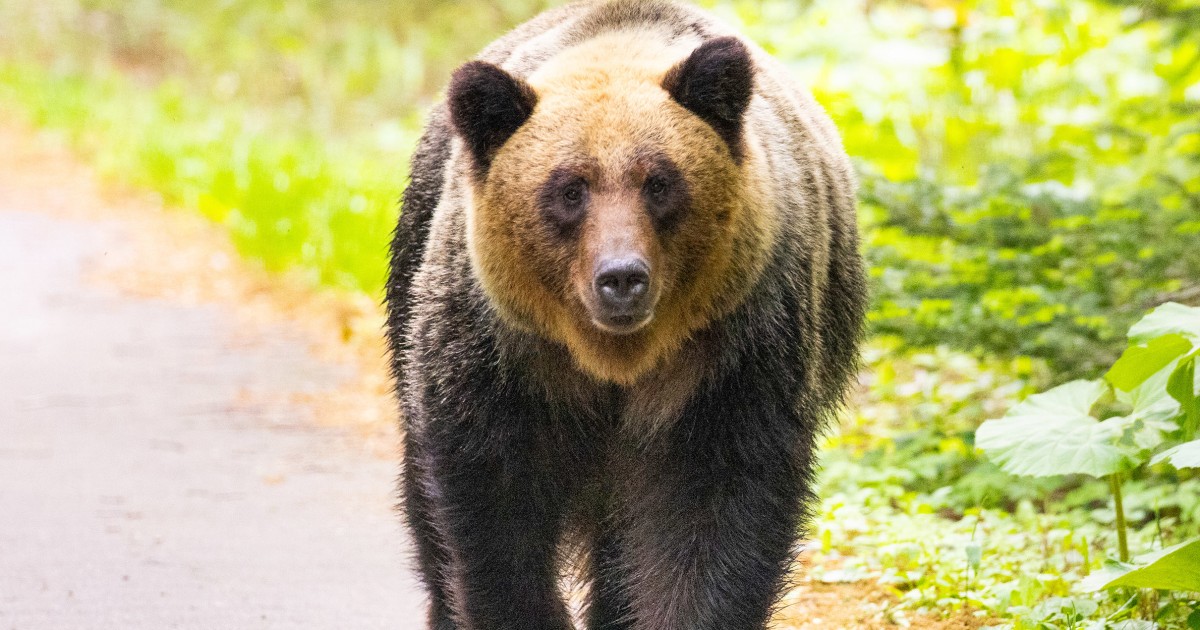TOKYO — A record number of people have been killed by bears in Japan this year, according to figures from the environment ministry, as the animals cross paths with humans more often.
At least seven people have died since April, the start of the government calendar year, which is the highest figure since records began in 2006.
The figures do not include a suspected bear attack involving a 60-year-old hot spring worker who went missing on Thursday after he went to clean an outdoor bath. Investigators found human blood and what appeared to be bear fur at the scene of the suspected attack in Iwate Prefecture.
A body was found nearby on Friday, and hunters accompanying a search and rescue team shot and killed a bear in the area.
A man in his 70s who was picking mushrooms in the same area was also found dead last week in what was determined to be a bear attack. It was the seventh such death recorded for the year.
About 100 people have also been injured in bear attacks since April, local media reported, up from more than 80 reported injuries the previous year.
Environment Minister Keiichiro Asao said Friday that there had been numerous cases of bears entering homes and commercial facilities, and that according to experts the bears were becoming more comfortable around humans.
“Encounters with bears in mountainous and wild areas have also been frequent,” he said. “Two of the fatalities in October occurred while the victims were picking mushrooms.”
He urged the public to avoid entering bear habitats and to properly manage garbage and other items that attract bears.
Officials “will work to prevent tragic human injuries by further strengthening bear population management,” he said, as well as helping to implement rules that were eased earlier this year to allow people to shoot bears in residential areas.

Experts believe that a combination of a growing bear population in Japan and people moving to cities from rural areas, leaving behind more habitat for bears, have both played a major role in the increasing number of incidents. Climate change has also been cited as a factor because of its effect on food supply and hibernation patterns.
“The goal was to conserve and increase the population size,” said Andreas Zedrosser from the University of South-Eastern Norway, whose research focuses on bears around the world. “It seems like the government is being confronted, in a way, by their own success.”
“There has been an increase in the population size, but also in the distribution,” Zedrosser added.
Last week, an adult bear entered a supermarket in the city of Numata in Gunma Prefecture, injuring two people.
A Spanish tourist was also injured earlier this month in a bear attack at a bus stop in the Shirakawago, a historic village and UNESCO World Heritage Site in Gifu Prefecture.
Japan is home to two main types of bears, including the Asiatic black bear and the Hokkaido brown bear.
Arata Yamamoto reported from Tokyo, and Jay Ganglani from Hong Kong.

